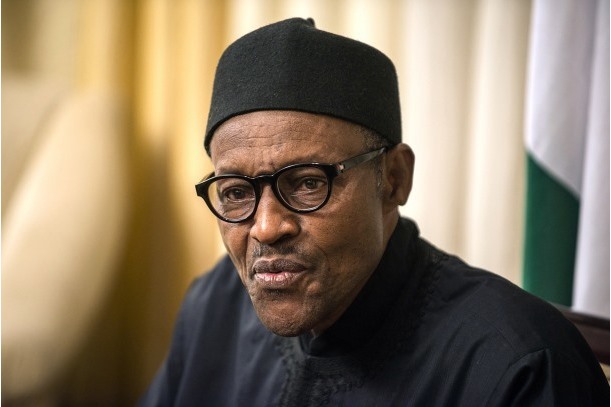Latest News
Moody’s forecasts 2.3 percent GDP growth for Nigeria in 2019

News Highlight
While the two largest economies in Sub-Saharan Africa – Nigeria and South Africa – are expected to recover slowly in 2019, growth in the two countries will remain a far cry from the rates recorded in the first half of the decade.
Moody’s Investors Service has said Nigeria’s Gross Domestic Product (GDP) growth rate will reach 2.3 percent in 2019, compared with an estimated 1.9 percent growth rate in 2018. The American credit rating agency disclosed this on Monday in a report titled, “Sovereigns – Sub-Saharan Africa: 2019 outlook negative as fiscal, external challenges persist despite easing pressures.”
The ratings agency also reported that South Africa will record 1.3 percent GDP growth rate in 2019 as against an estimated 0.5 percent growth in 2018. While the two largest economies in Sub-Saharan Africa (SSA) are expected to recover slowly in 2019, growth in the two countries will remain a far cry from the rates recorded in the first half of the decade.
Despite the gradual improvement in the growth prospects, the negative outlook for SSA countries in 2019 is a reflection of the credit challenges stemming from fiscal and external vulnerabilities as well as tight global liquidity conditions and global trade tensions. Out of the 21 countries Moody’s rates in the SSA region, only 15 have a stable outlook, while six hold a negative outlook.
“Our negative outlook for sovereigns in Sub-Saharan Africa is driven by persistent credit challenges related to their ongoing fiscal and external vulnerabilities,” said Daniela Re Fraschini, Assistant Vice President – Analyst at Moody’s Sovereign Risk Group.
Moody’s, however, expects SSA’s gradual economic recovery of 2018 to continue this year, with regional real GDP growth accelerating to 3.5 percent in 2019 from an estimated 2.8 percent in 2018.
Fraschini, who is also the author of the report, said, “We expect credit pressures to ease relative to previous years, despite a more challenging external environment, as credit profiles display some resilience at their lower rating levels.”
According to the report, most governments across the SSA region plan further fiscal consolidation this year, although progress remains gradual amid soft growth conditions.
She added that the presence of IMF programmes throughout the region supports the fiscal outlook and reform impetus for 2019.
With few exceptions, Moody’s expects governments’ debt ratio to deteriorate only marginally or stabilize in 2019 to reflect ongoing fiscal consolidation and the positive impact of higher growth rates on the denominator of debt-to-GDP. Debt trajectories for a number of SSA countries remain vulnerable to lower-than-expected growth, exchange rate depreciation and contingent liability risk from weak state-owned enterprises.
Debt affordability will also continue to weaken in a number of countries, according to the report. Sovereigns with large current account deficits, high external debt repayments and large shares of foreign-currency debt are likely to continue to experience external pressures.
Moody’s noted that political risk remains a key credit constraint for several SSA sovereigns. The sources of political risk include civil unrest, conflicts, succession risk and policy unpredictability.
Related News
Latest Blogs
- The Museum of West African Art saga
- The complexity and complication of Nigeria’s insecurity
- Between bold is wise and wise is bold
- Prospects of port community system in Nigeria’s maritime sector
- Constitutionalism must anchor discipline in Nigerian Armed Forces
Most Popular News
- NDIC pledges support towards financial system stability
- Artificial intelligence can help to reduce youth unemployment in Africa – ...
- ChatGPT is now the most-downloaded app – report
- Green economy to surpass $7 trillion in annual value by 2030 – WEF
- CBN licences 82 bureaux de change under revised guidelines
- Africa needs €240 billion in factoring volumes for SME-led transformation






